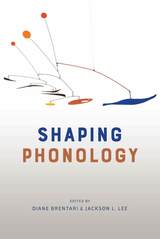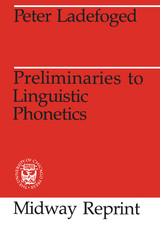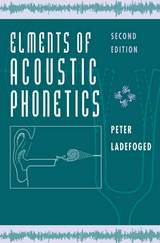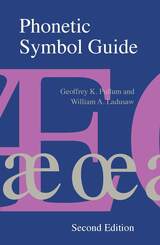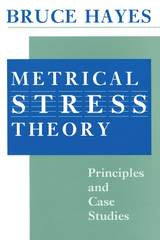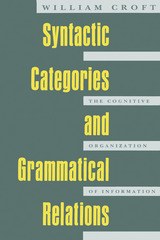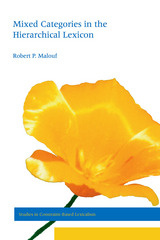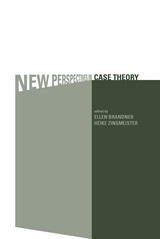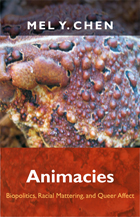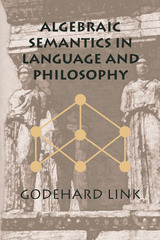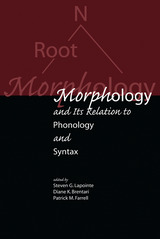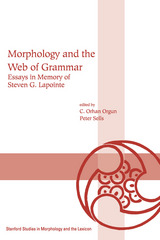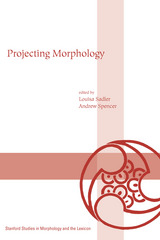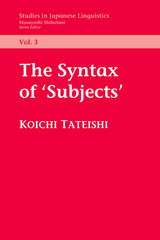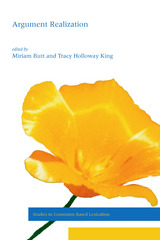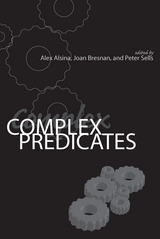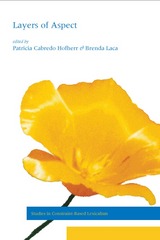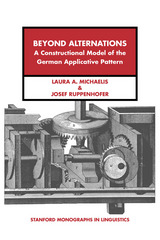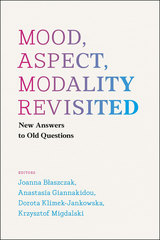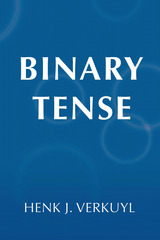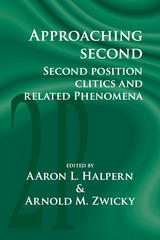Paper: 978-0-87840-343-1
Library of Congress Classification P241.B38 2003
Dewey Decimal Classification 415
A newly expanded and updated edition of one of the best-selling introductions to linguistic morphology—the study and description of word formations in languages—that deals with inflection, derivation, and compounding, the system of word-forming elements and processes in a language. Basic concepts are introduced, with an abundance of examples from a range of familiar and exotic languages, followed by a discussion of, among other topics, the definition of word-form, productivity, inflection versus derivation, and the position of morphology to phonology—the science of speech sounds, especially the history and theory of sound changes in a language. Along with two new chapters discussing morphology and the brain and how morphology arises, changes, and disappears, this new edition includes exercises and a glossary of key terms.
See other books on: Bauer, Laurie | Language Arts & Disciplines | Linguistics | Morphology | Second Edition
See other titles from Georgetown University Press


